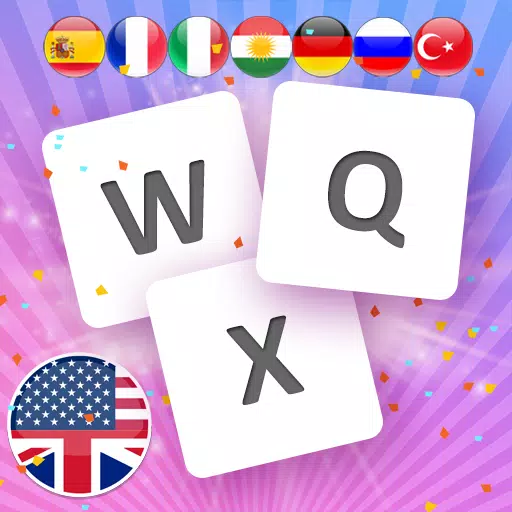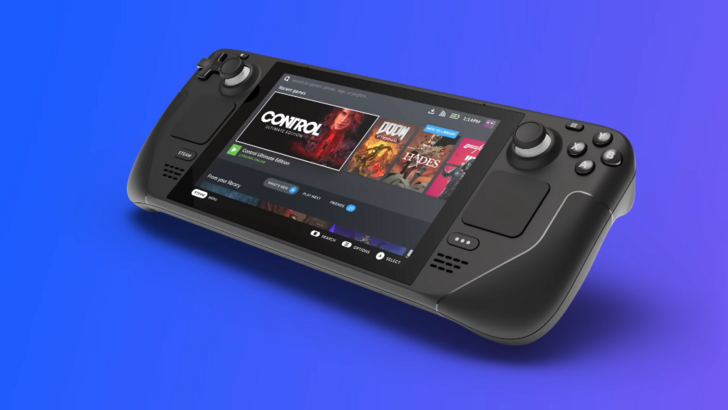
Valve Rejects Annual Steam Deck Upgrades, Prioritizes "Generational Leaps"
Unlike the annual upgrade cycle prevalent in the smartphone market, Valve has confirmed that the Steam Deck will not receive yearly updates. This decision, explained by Steam Deck designers Lawrence Yang and Yazan Aldehayyat, prioritizes substantial improvements over incremental changes.

Yang stated in a recent interview with Reviews.org that the annual release cycle employed by competitors is unfair to consumers, offering only minor enhancements. Valve aims for significant, generational upgrades that justify the wait and cost, without compromising battery life.
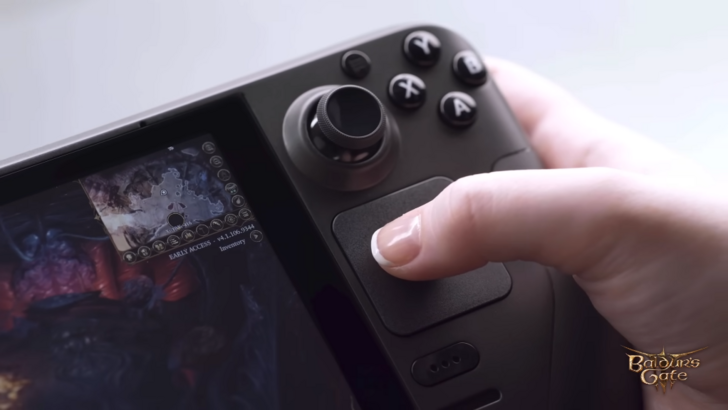
Aldehayyat highlighted Valve's focus on addressing user needs, particularly in providing a superior PC gaming experience outside of traditional desktop environments. While acknowledging room for improvement, they welcome competition, viewing it as beneficial for gamers. They specifically cited the Steam Deck's touchpads as a valuable innovation absent in competitors like the ROG Ally.
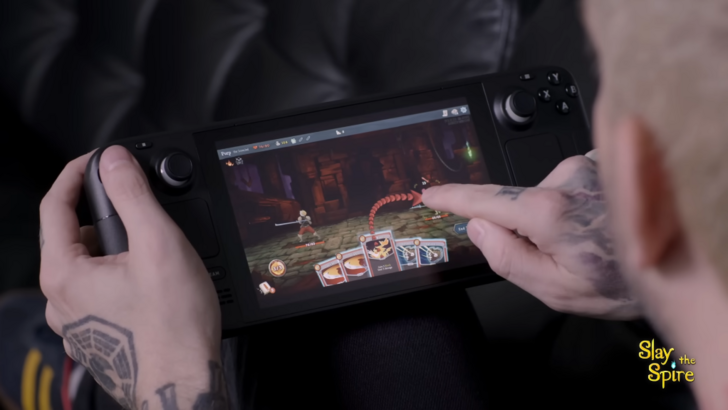
Regarding the OLED Steam Deck, Aldehayyat expressed regret over the omission of a variable refresh rate (VRR), a highly sought-after feature. Yang clarified that the OLED model was a refinement of the original, not a second-generation device. Future models will prioritize battery life improvements, though technological limitations currently pose challenges.
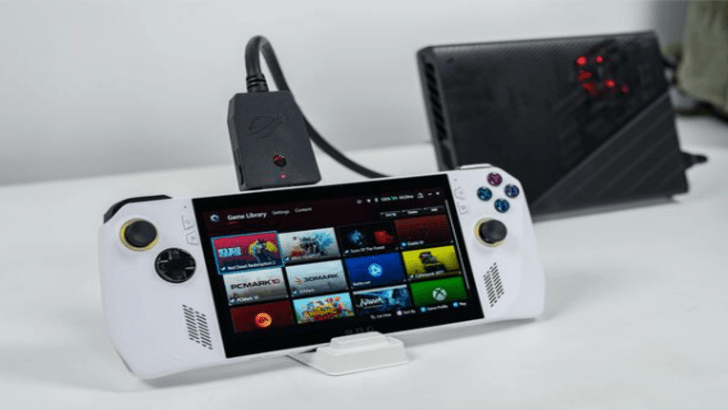
The lack of frequent hardware updates might raise concerns about falling behind competitors like Asus ROG Ally and Ayaneo. However, Valve views the situation not as an "arms race," but as a catalyst for innovation within the handheld PC gaming market. They welcome the diverse design approaches of other companies.
Steam Deck's Australian Launch and Global Availability
The staggered global rollout of the Steam Deck, including its recent launch in Australia (November 2024), may have influenced Valve's approach. Yang attributed the delay in the Australian launch to logistical complexities and the need for proper infrastructure for support and returns.
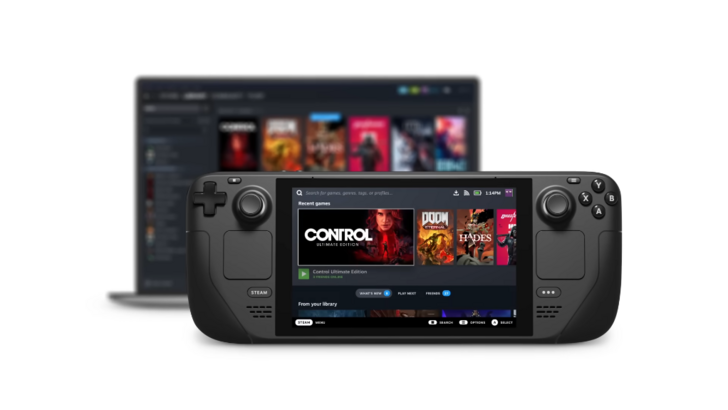
The Steam Deck remains unavailable in several countries, including Mexico, Brazil, and parts of Southeast Asia. While unofficial channels exist, users in these regions lack official support and warranty access. Conversely, the device is readily available in the US, Canada, much of Europe, and parts of Asia.











